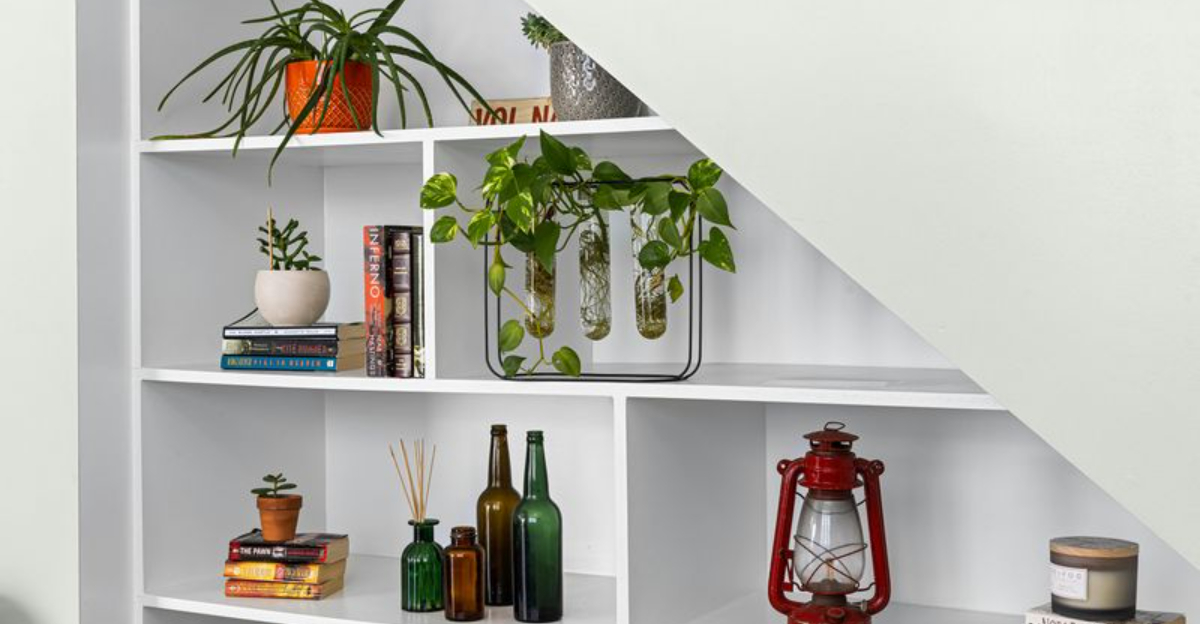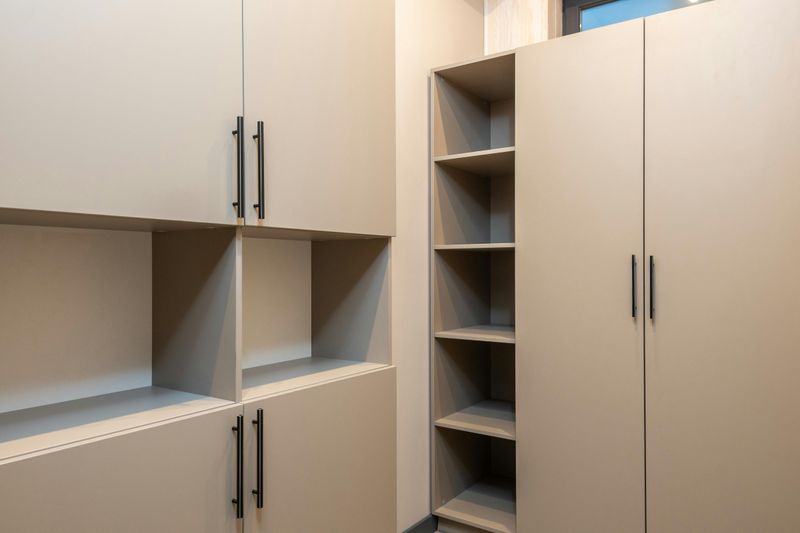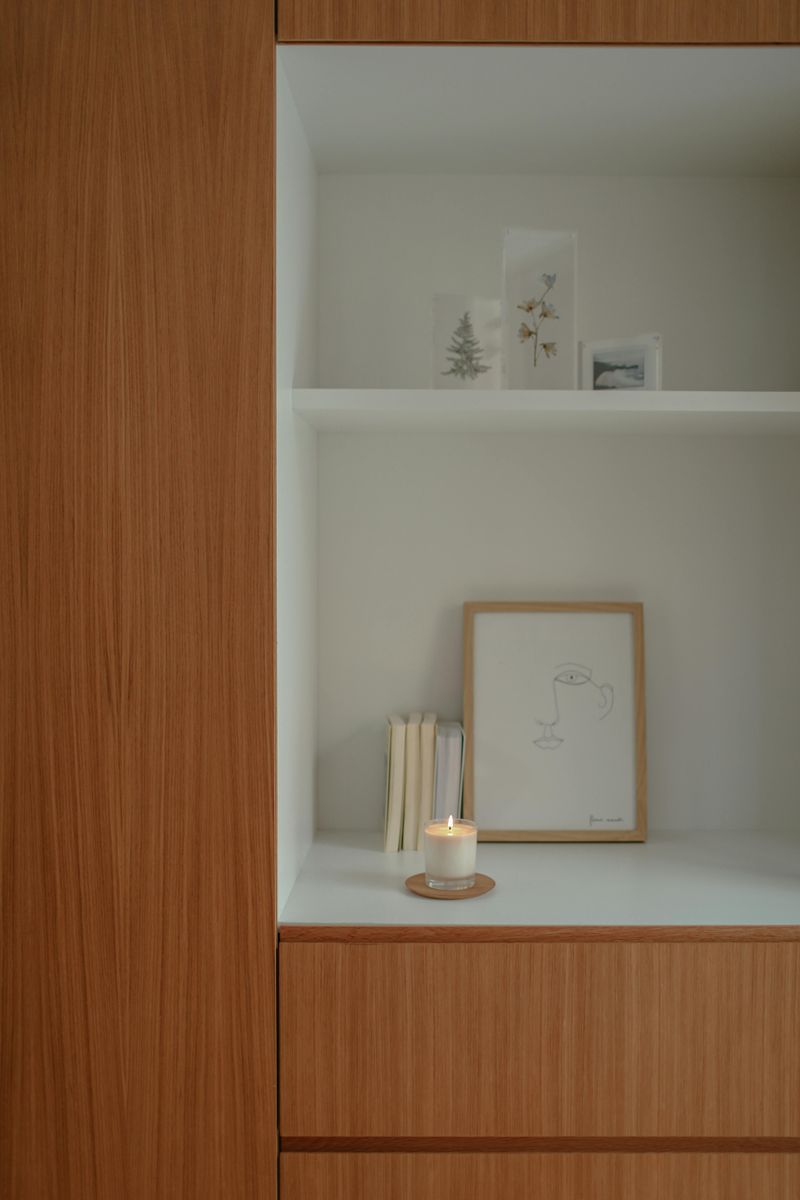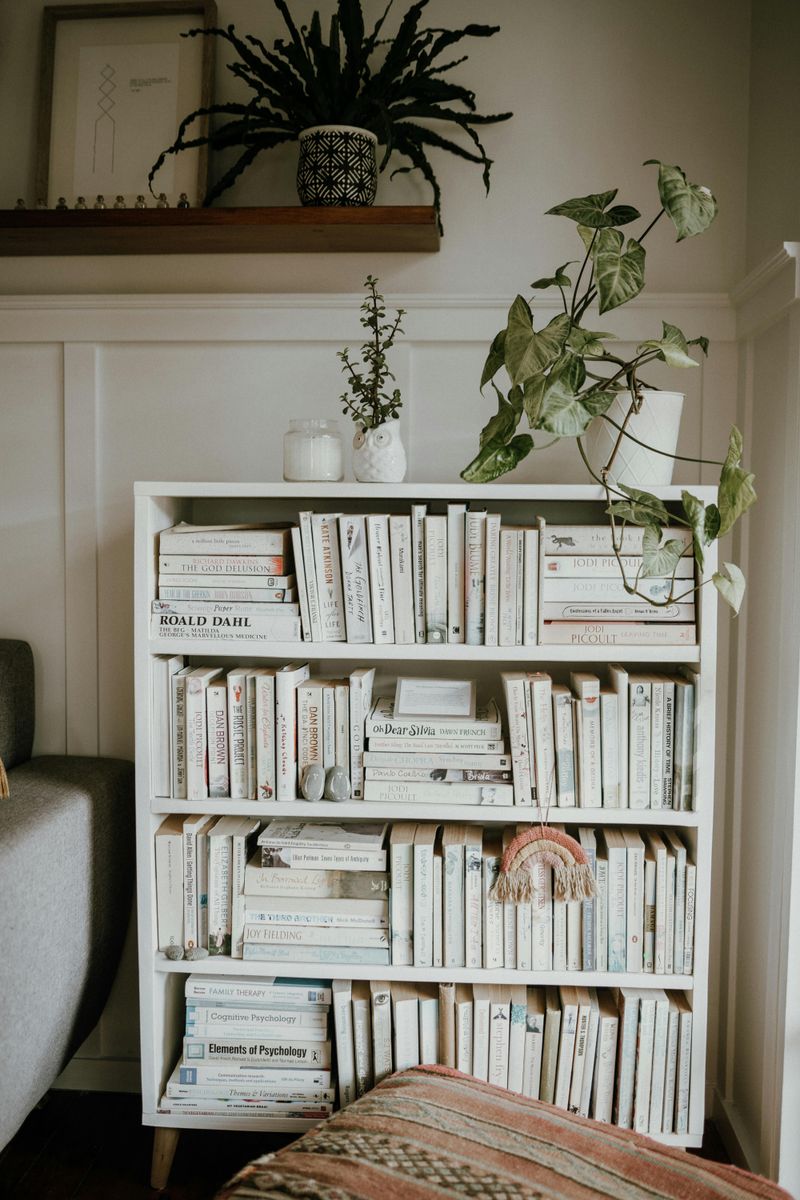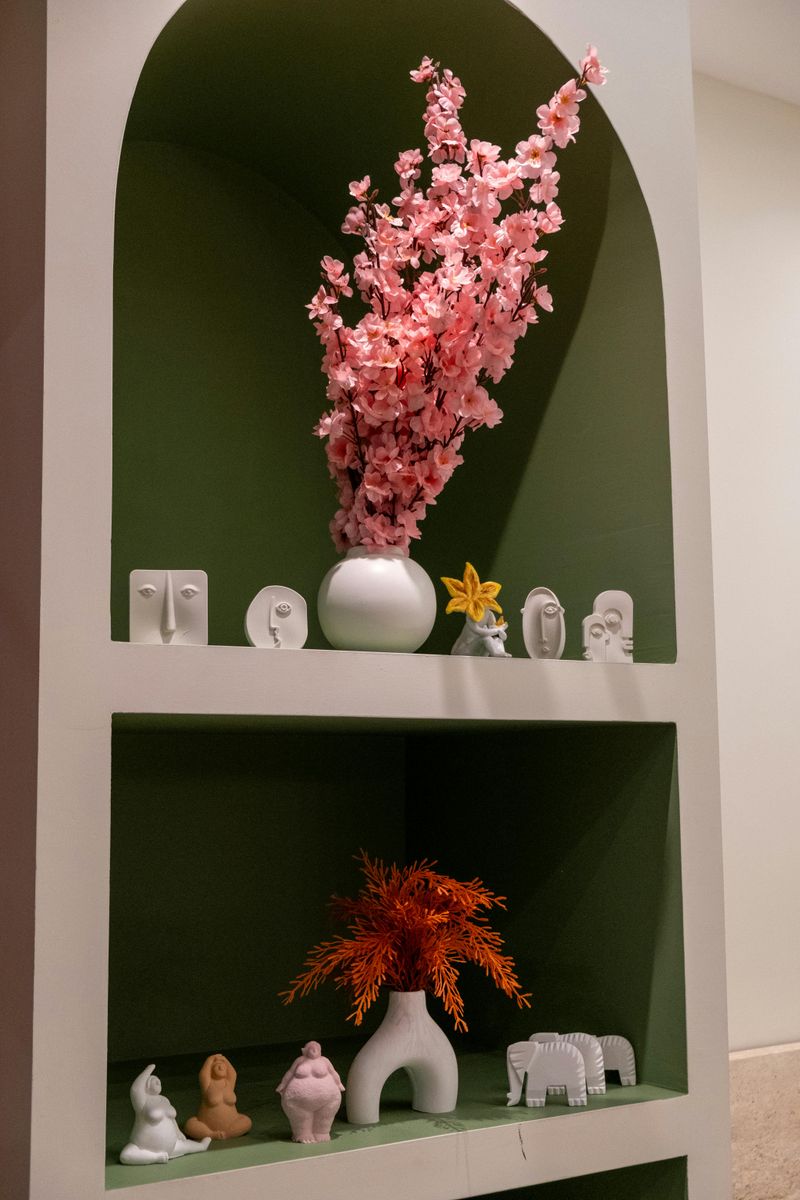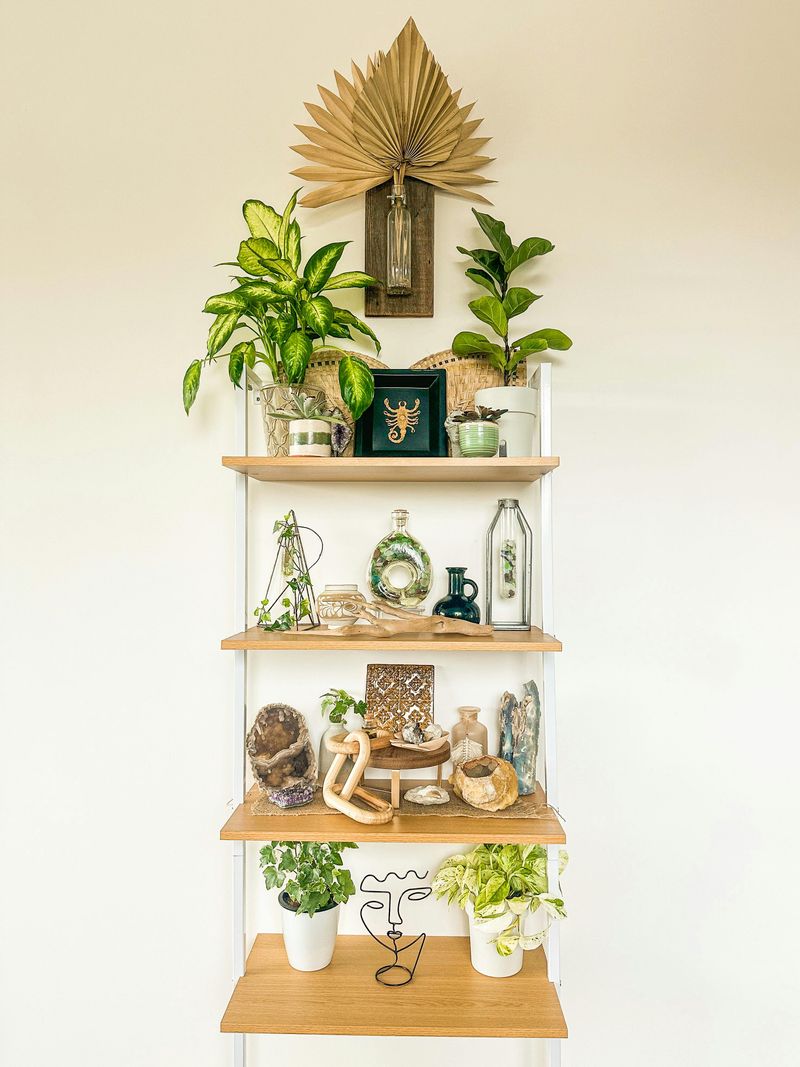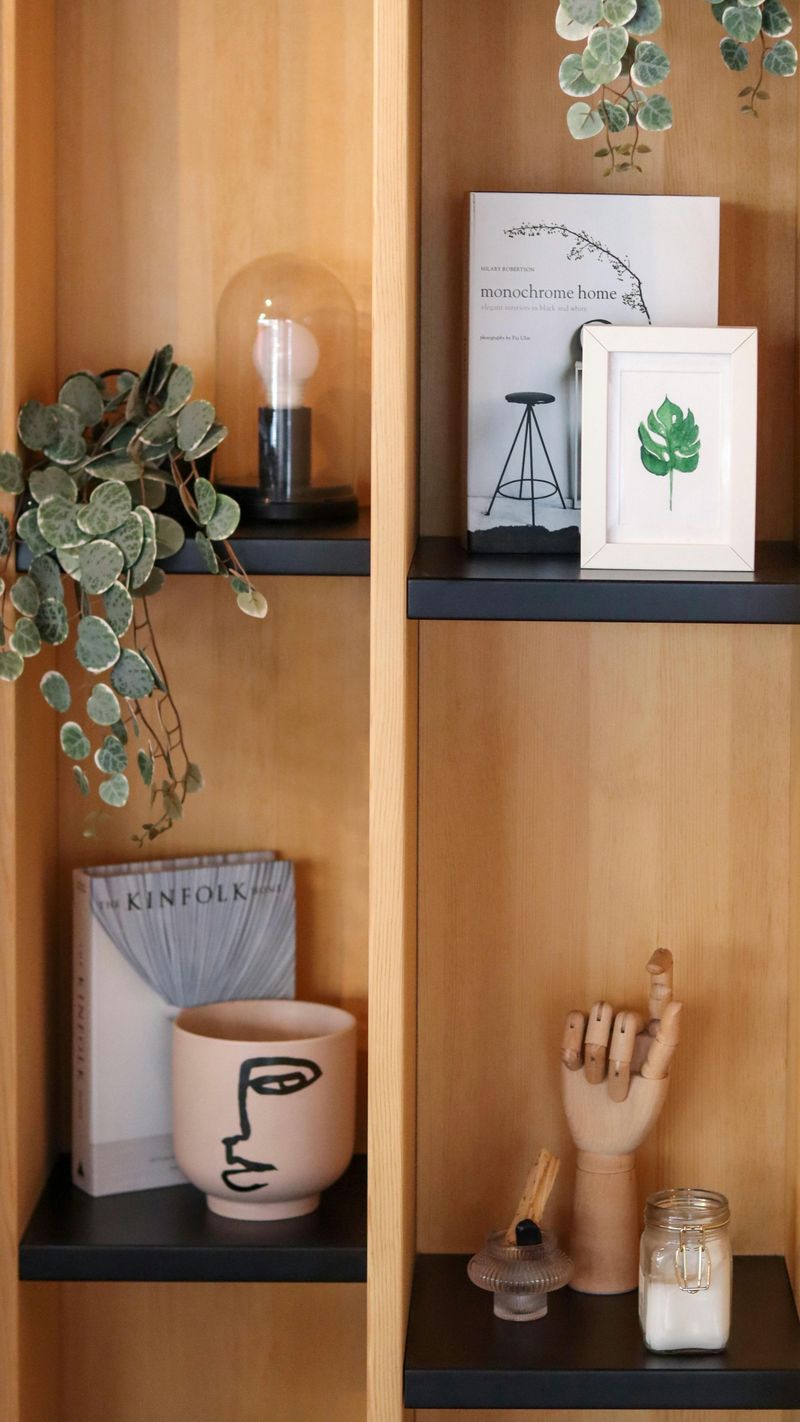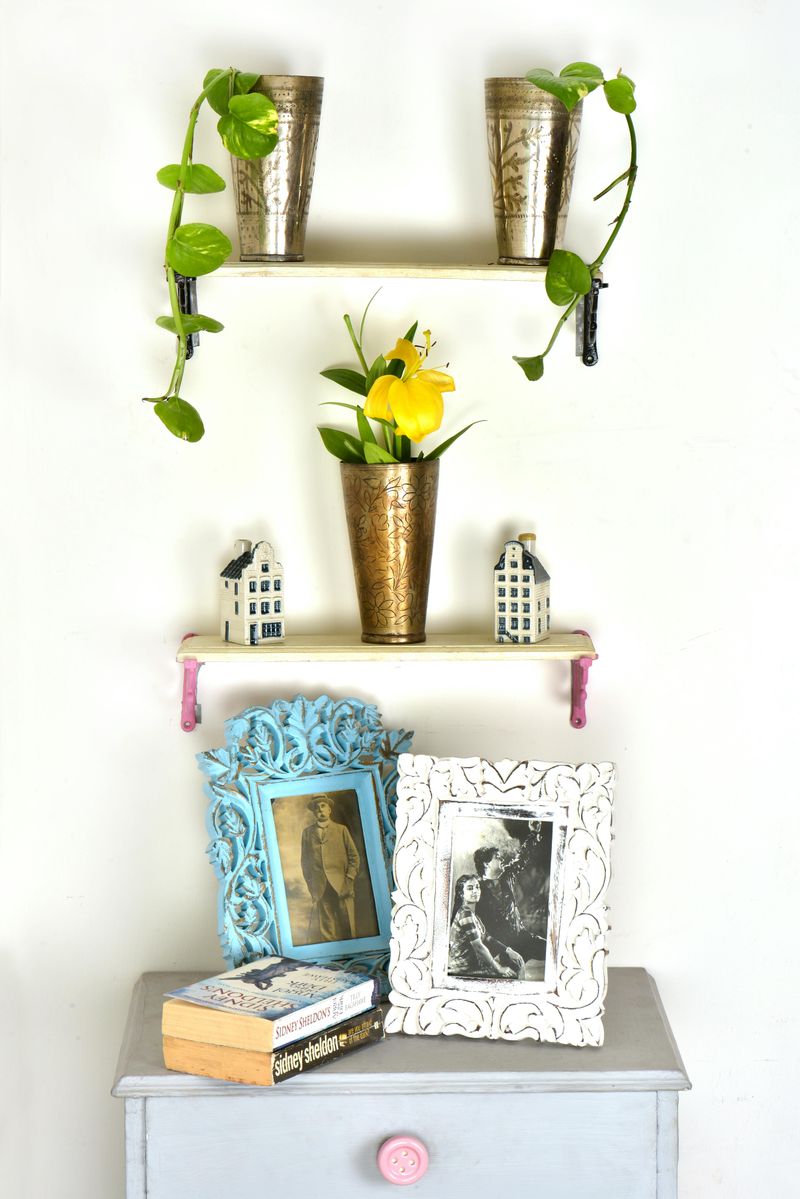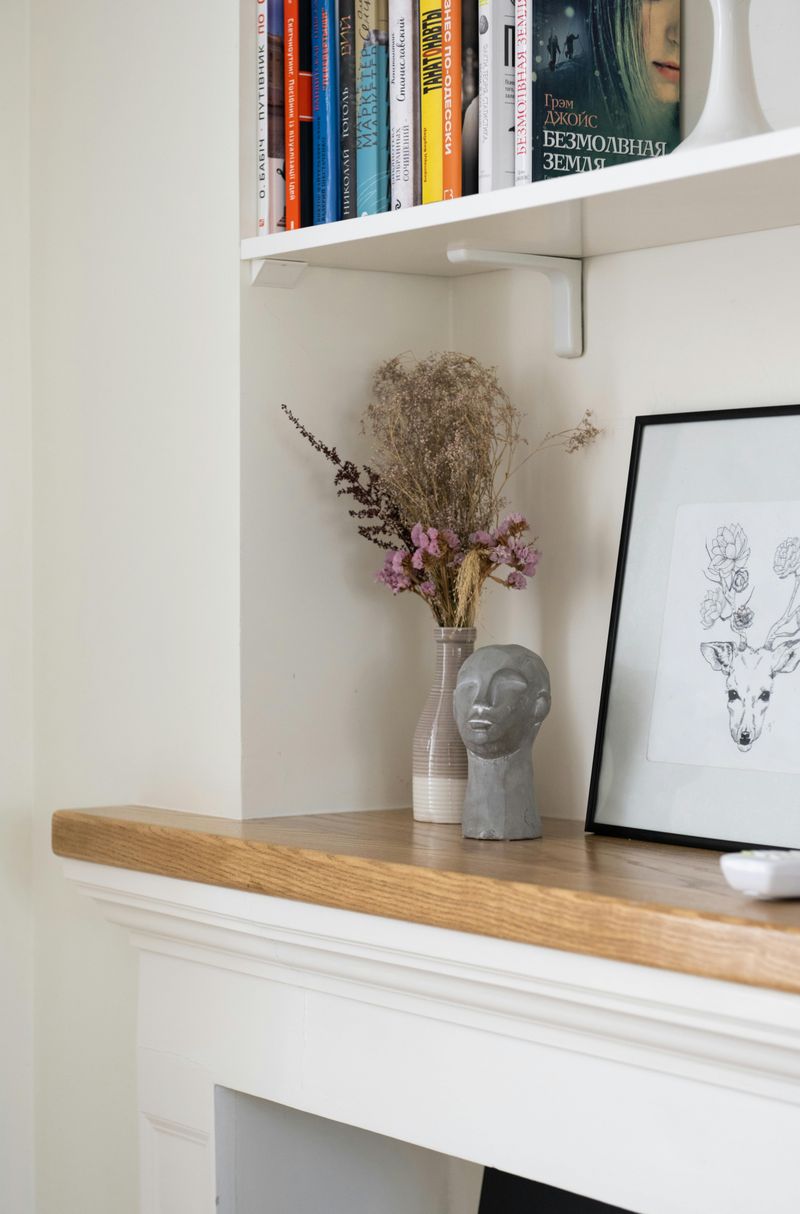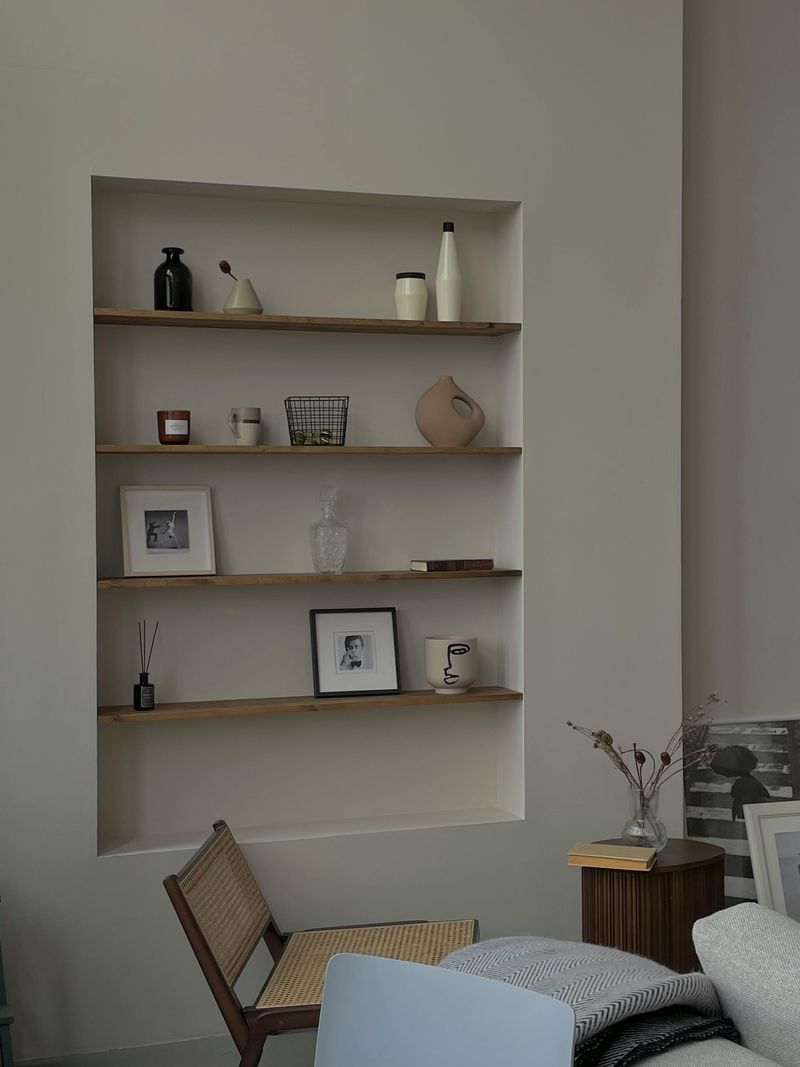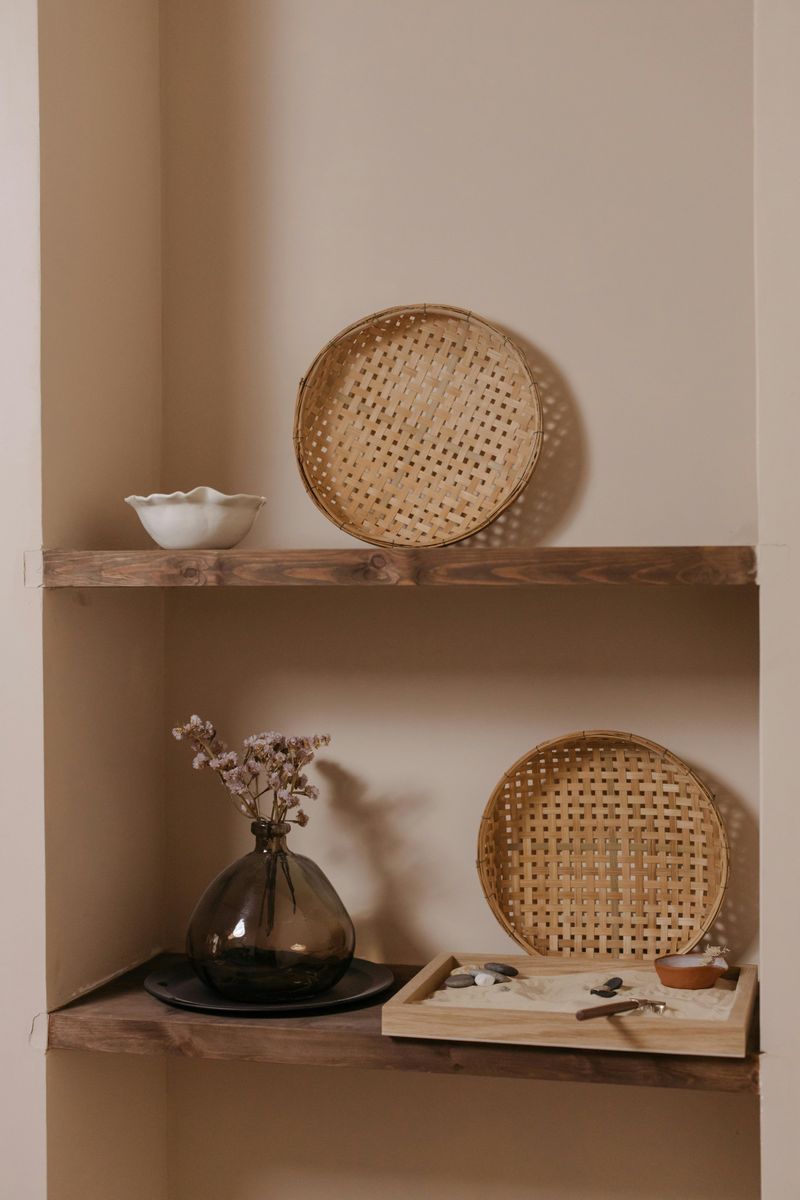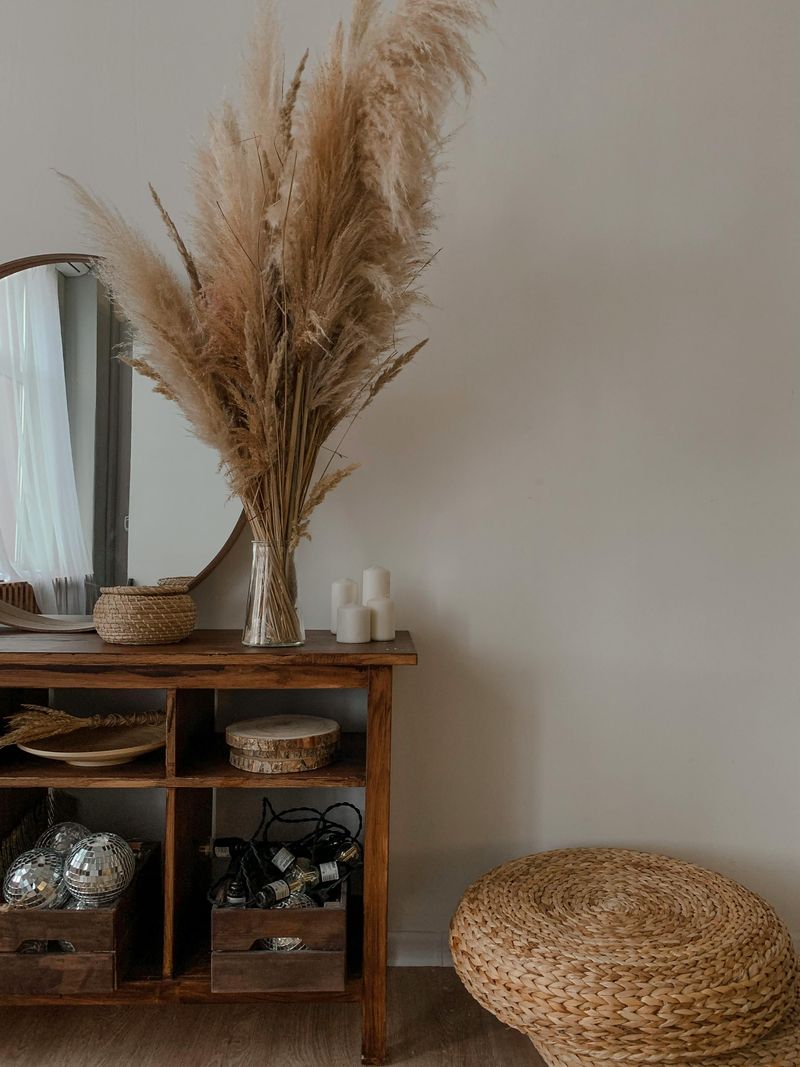Shelves can make or break the look of any room, but styling them the right way takes more than just placing a few books and picture frames on display. Professional designers have mastered the art of creating beautiful, balanced shelves that feel both personal and polished. Whether you’re working with floating shelves in your living room or built-ins in your home office, these expert tips will help you transform your shelves from cluttered to curated in no time.
1. Start With a Clean Slate
Before placing a single item, remove everything from your shelves and give them a thorough cleaning. This fresh start allows you to see the space with new eyes and plan your arrangement without being influenced by old habits.
Wiping down each shelf creates the perfect foundation for your design. You’ll notice dust you didn’t see before and get a better sense of how much room you actually have to work with.
Starting fresh also helps you decide what truly deserves a spot on display. Not everything needs to go back up, and that’s perfectly okay for creating a cleaner, more intentional look.
2. Follow the Rule of Three
Grouping items in odd numbers, especially threes, creates visual interest that feels naturally balanced to the human eye. This simple trick works because odd-numbered arrangements feel more dynamic and less formal than even groupings.
When you place three objects together, vary their heights to add dimension. Try pairing a tall vase with a medium-sized picture frame and a small decorative bowl for instant appeal.
This rule applies to colors and textures too. Repeating the same shade or material three times throughout your shelves ties everything together beautifully without looking too matchy or boring.
3. Mix Books Horizontally and Vertically
Breaking up the monotony of vertical book spines adds unexpected rhythm to your shelves. Stack some books flat to create platforms for displaying smaller treasures like crystals, candles, or tiny sculptures.
Horizontal stacks work especially well for oversized coffee table books that showcase beautiful covers. These become decorative elements themselves while providing useful surfaces for layering other objects.
Alternating between standing and stacked books throughout your shelves prevents that library-like feeling. Your collection will look more curated and less like you just lined everything up in alphabetical order.
4. Create Visual Balance With Symmetry
Balancing heavier items on opposite sides of your shelving unit creates a sense of harmony that’s pleasing to look at. If you place a large vase on the left side, consider positioning something with similar visual weight on the right.
Symmetry doesn’t mean everything has to match exactly. A stack of books on one side can balance a potted plant on the other if they’re roughly the same size and color intensity.
Step back frequently while styling to check your overall balance. Your eyes will naturally tell you when something feels off or when one side appears too heavy compared to the other.
5. Add Greenery for Life and Color
Plants breathe life into shelves in a way that nothing else can, adding organic shapes and fresh color to your display. Even small succulents or trailing pothos vines can soften the hard edges of books and picture frames.
Choose plants that match your lighting conditions and maintenance preferences. Fake plants work wonderfully too if you don’t have a green thumb or enough natural light for real ones.
Vary the sizes and types of greenery throughout your shelves for visual interest. A tall snake plant on one shelf paired with tiny succulents elsewhere creates delightful variety without overwhelming your space.
6. Layer Items Front to Back
Creating depth by placing items at different distances from the shelf edge makes your display feel more dimensional and interesting. Lean a large picture frame against the back wall, then position smaller objects in front of it.
This layering technique prevents the flat, lineup look that screams amateur. Your shelves will appear more professionally styled when items overlap slightly and create shadows between them.
Be careful not to completely hide anything important behind other objects. Each piece should still be visible and appreciated, even if it’s partially tucked behind something else for that layered effect.
7. Incorporate Personal Treasures
Your shelves should tell your story, not look like a catalog showroom. Display items that spark joy or hold special memories, like seashells from a favorite beach vacation or your grandmother’s vintage teacup.
Personal touches make your space feel authentically yours and give guests something interesting to ask about. These conversation starters add warmth and personality that generic decor simply cannot provide.
Balance sentimental items with purely decorative pieces to avoid clutter. Not every single treasure needs to be on display at once—rotate items seasonally to keep your shelves feeling fresh and intentional.
8. Play With Height Variation
Monotonous heights make shelves boring, so deliberately choose items of different sizes to create visual movement. A tall candlestick next to a short stack of books beside a medium-height sculpture keeps the eye traveling across your display.
Think of your shelf like a city skyline with varying building heights rather than a flat horizon line. This up-and-down rhythm makes the arrangement feel more dynamic and professionally curated.
Use pedestals or small boxes to elevate shorter items if needed. Sometimes a beautiful object just needs a little boost to reach the perfect height for your overall composition.
9. Leave Breathing Room
Negative space is just as important as the objects you display, giving each item room to shine without competing for attention. Overcrowded shelves look messy and stressful rather than curated and calm.
Designers often follow the rule of leaving about one-third of shelf space empty. This breathing room creates a sophisticated, high-end look that lets your favorite pieces become focal points.
Empty space also makes your shelves easier to dust and maintain. When items aren’t crammed together, you can actually enjoy looking at them instead of feeling overwhelmed by visual clutter.
10. Use a Cohesive Color Palette
Choosing two to four main colors and sticking with them throughout your shelves creates a pulled-together look that feels intentional. This doesn’t mean everything must match perfectly, but having a color story ties disparate objects together beautifully.
Neutrals like white, cream, and natural wood tones work as a foundation, then add pops of one or two accent colors. This approach keeps things interesting while maintaining visual harmony across all your shelves.
Consider organizing books by color for an extra cohesive effect. Rainbow arrangements look stunning, or you might group all neutrals together for a more subtle, sophisticated appearance.
11. Add Texture for Visual Interest
Combining different materials and surfaces makes your shelves more engaging to look at than using only smooth, similar items. Mix glossy ceramics with rough woven baskets, smooth glass with chunky knit blankets, or shiny metal with natural wood.
Texture adds richness and depth that color alone cannot achieve. Even in a neutral color scheme, varied textures keep things visually interesting and prevent your shelves from looking flat or boring.
Run your eyes across your shelves and identify any texture gaps. If everything looks too smooth, add something woven or rough; if it’s all matte, introduce something with shine or reflective qualities.
